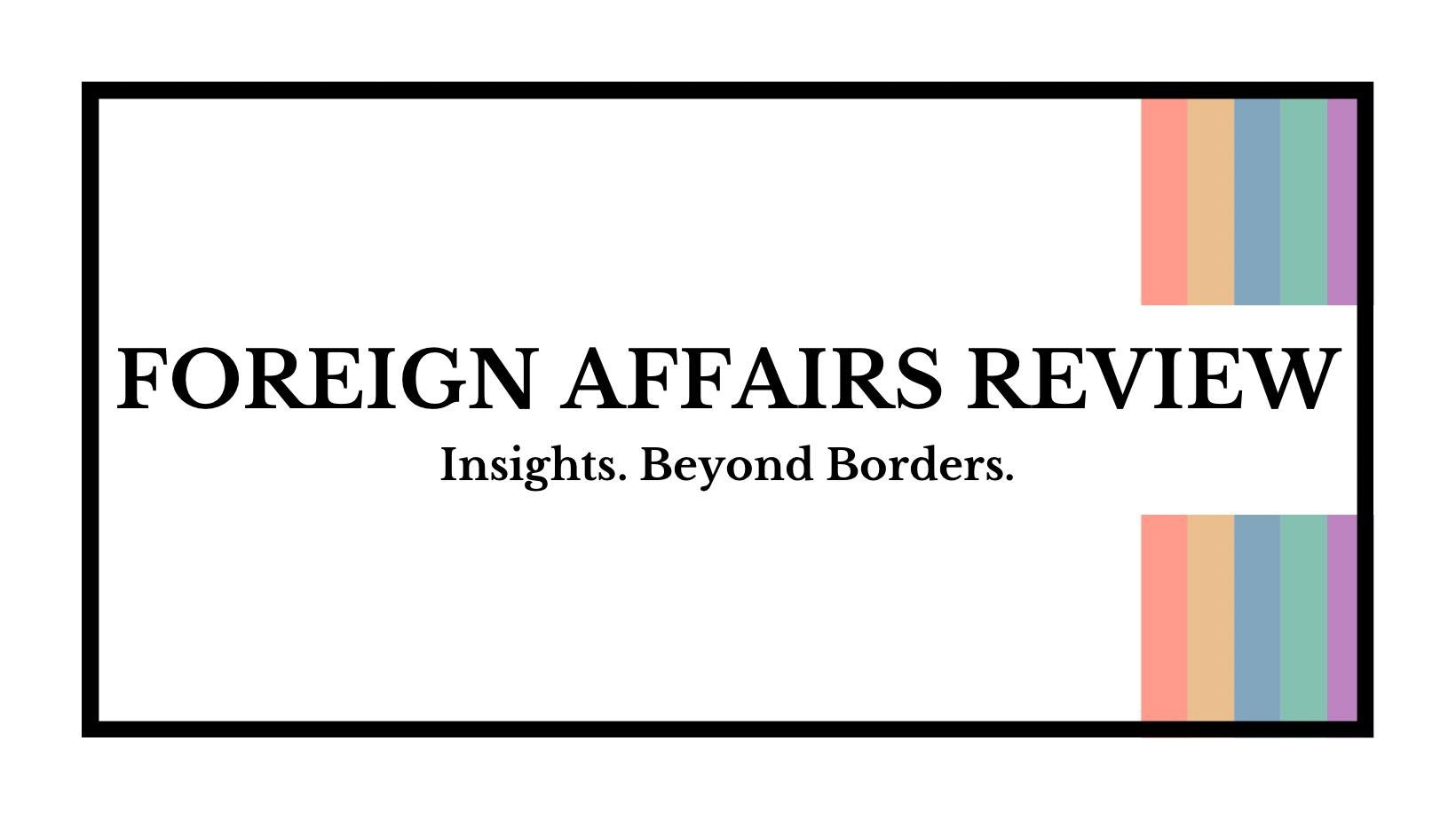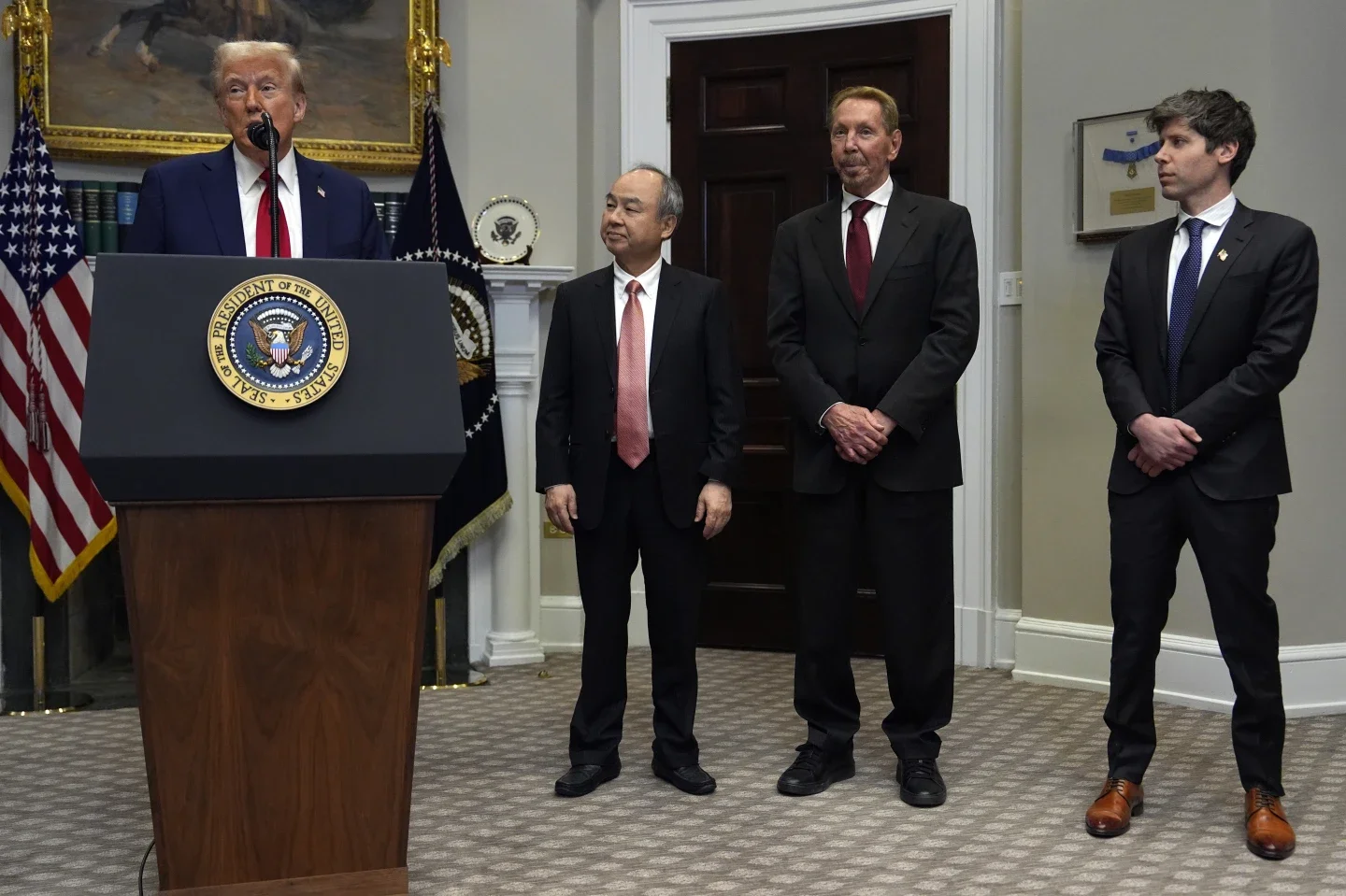A New Era of AI: Trump and the Race for AI Dominance
President Donald Trump’s recent visit to the UK resulted in an important turning point in the global race for AI dominance. Prime Minister Sir Keir Starmer and Trump signed the Tech Prosperity Deal on 18 September 2025, pledging billions of pounds for investment into the UK, deeply tying the British AI industry to the US economy.
According to the PM’s office, the Tech Prosperity Deal will ‘enable collaboration towards joint opportunities of mutual interest in strategic science and technology disciplines, including artificial intelligence, civil nuclear, fusion, and quantum technologies.’ Of the £150bn US investment, £90bn will come from Blackstone. Additionally, US ‘Big Tech’ including Microsoft, Google, and CoreWeave has pledged £31bn to build the UK’s AI infrastructure. Previously, these US firms have announced investment commitments to the UK’s AI growth strategy.
This deal furthers UK and US alignment on AI. Earlier this year, the UK renamed the AI Safety Institute to the AI Security Institute, and its US counterpart became the Center for AI Standards and Innovation. This is shifting the focus from overall safety to combating national security risks, no longer limiting US innovators by ‘censorship and regulations…under the guise of national security,’ according to U.S. Secretary of Commerce Howard Lutnick.
These recent shifts and investments confirm UK alignment with US, creating a distinct sphere of AI policy and regulation away from China and the EU. China’s AI strategy takes a state centralised top-down approach focused on national ambitions for economic modernisation, global influence, and internal governance. On the other hand, the EU is focused on regulation of risk management and safety, hindering innovation.
The Trump administration’s policy on AI marks a significant departure from Former President Joe Biden’s. In late July, the White House unveiled its three pillars for winning the AI race: accelerating innovation, building infrastructure, and leading international diplomacy and security. Key policies include exporting American AI, promoting rapid buildout of data centers, enabling innovation and adoption, and upholding free speech in frontier models.
Furthermore, there has been an interesting convergence of technology and government under Trump—the presence of Big Tech CEOs at the inauguration, Elon Musk’s DOGE, the launch of Stargate, and the direct commissioning of CTOs of tech companies in the Army Reserves. The tech landscape at large is not a complete break from what it was like during the Biden administration, but it is a misalignment with other Western countries whose focus is on regulation and standardisation, a stance that Biden also took. In fact, some journalists have dubbed this landscape of 'rich, well-connected tech bros flexing real power inside the Trump administration' as the ‘broligarchy.’
The AI investment landscape is also messy with allegations of circular funding, or investments from firms who are also customers of the firm and receiving funds. Although the US ranks first in investments, US firms are not limiting themselves to just Western countries. OpenAI CEO, Sam Altman, is looking to the UAE for further investments for the Stargate Project. He is already partnering with SoftBank, a Japanese company. What is sure though, is that the Trump administration is encouraging US dominance in an AI race, removing safety as it’s a supposed hindrance, and continuing to block China from receiving advanced superchips. for further investments for the Stargate Project. He is already partnering with SoftBank, a Japanese company. What is sure though, is that the Trump administration is encouraging US dominance in an AI race, removing safety as it’s a supposed hindrance, and continuing to block China from receiving advanced superchips.
Does the AI race point to something bigger? These days, we see many tech companies shift from commercial to defense uses. For example, space technology company Maxar Technologies went from collecting satellite imagery to building defense satellites. Is the future of tech going to be heavily tied to defense interests? Is that going to further bloat bureaucracy or allow the US to have a more comprehensive national security plan? Even with all the money pouring into AI, an industry whose global value is set to reach $1.5 trillion by the end of 2025, the defense effects of AI are yet to be seen
In the end, the global AI race is shaping up to be less about collaboration and more about competition. This Tech Prosperity deal has cemented the US and UK alliance, and it appears that China and the EU have their own agendas with regards to AI. As tech and defense interests converge, the world is set to split into two, if not three, competing blocs, each with its own vision of how AI will shape the future.
Image courtesy of Julia Demaree Nikhinson via The Associated Press, ©2025. Some rights reserved.
The views and opinions expressed in this article are those of the author and do not necessarily reflect those of the wider St. Andrews Foreign Affairs Review team.



